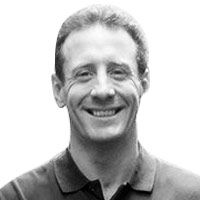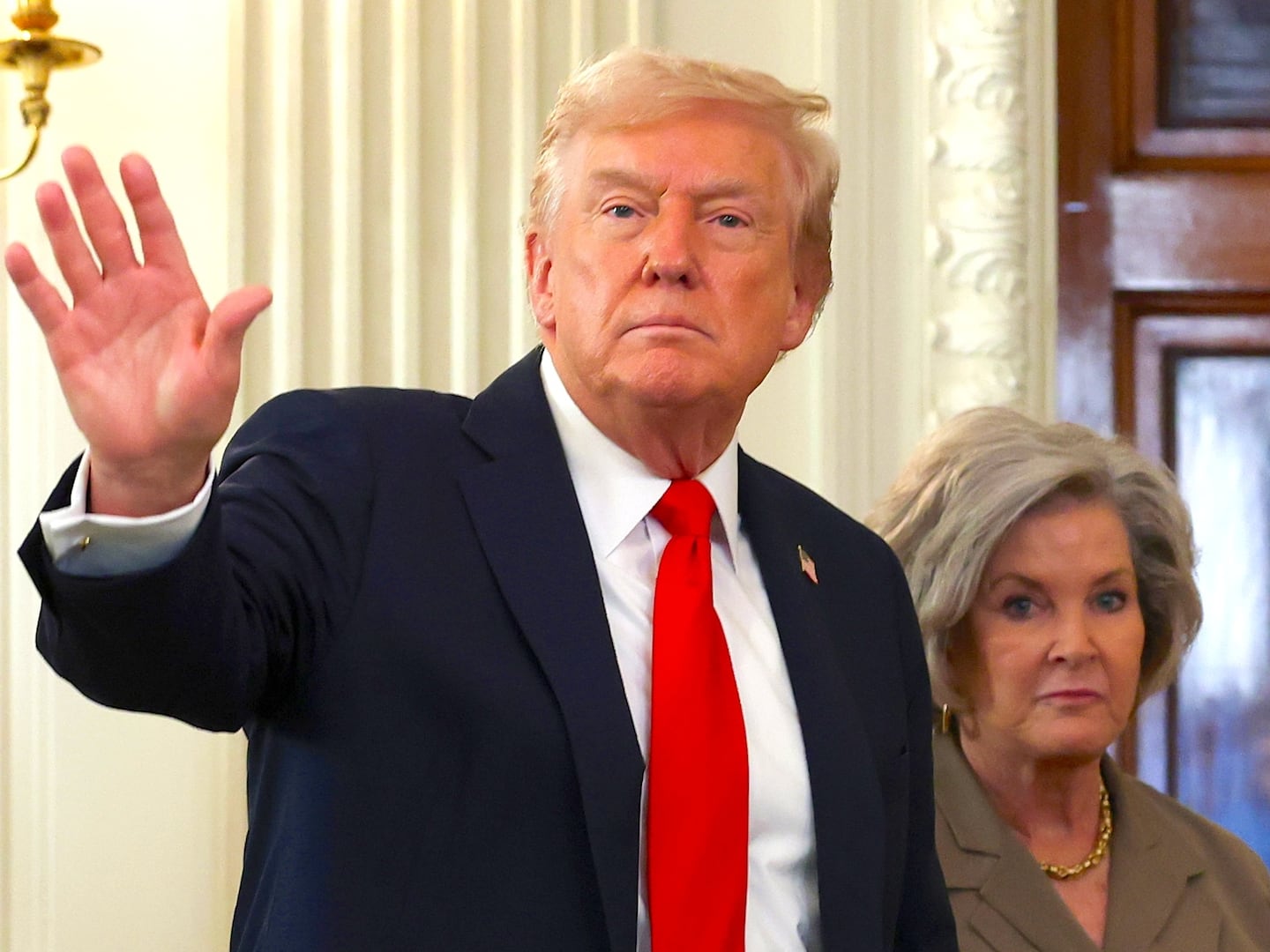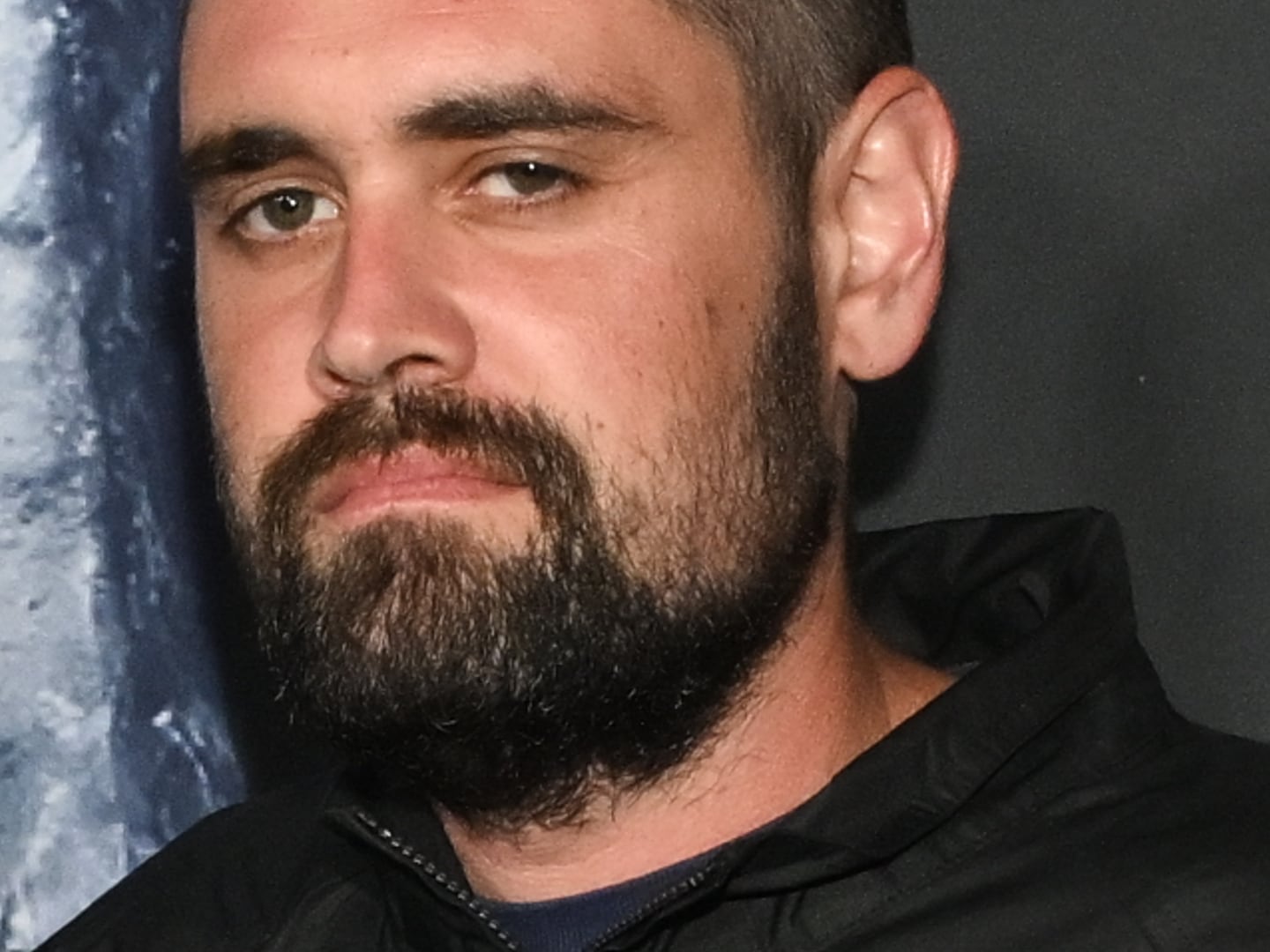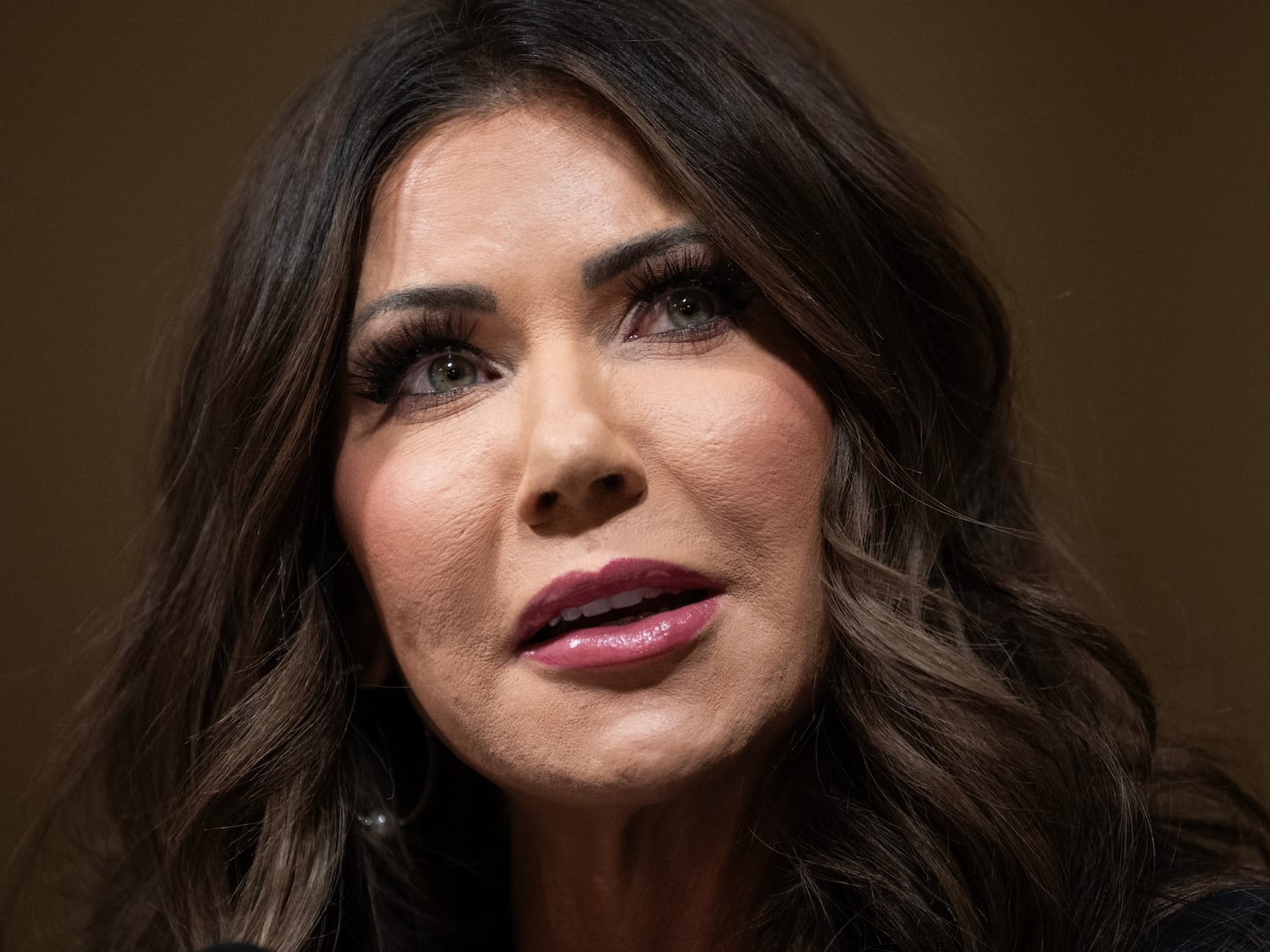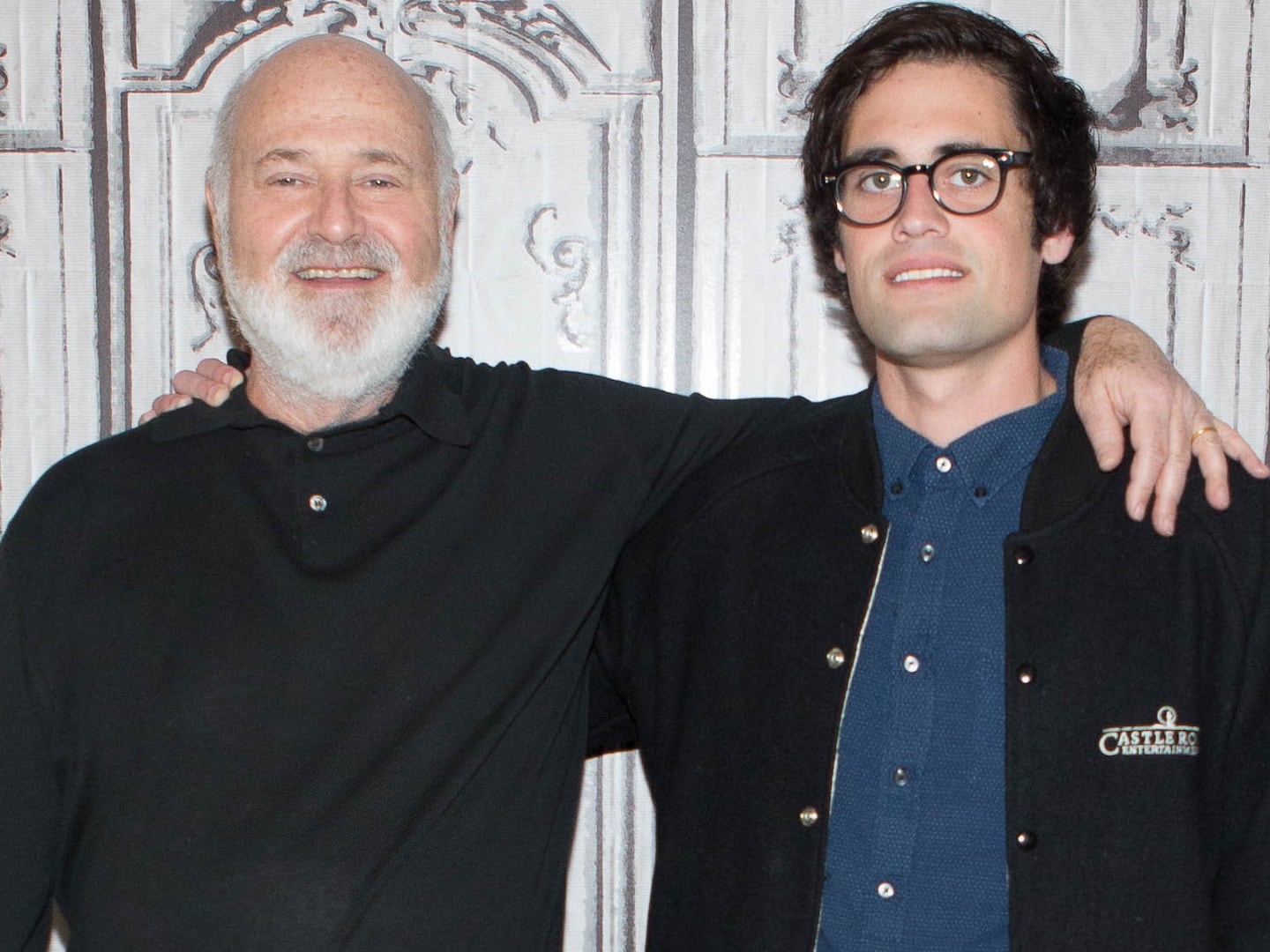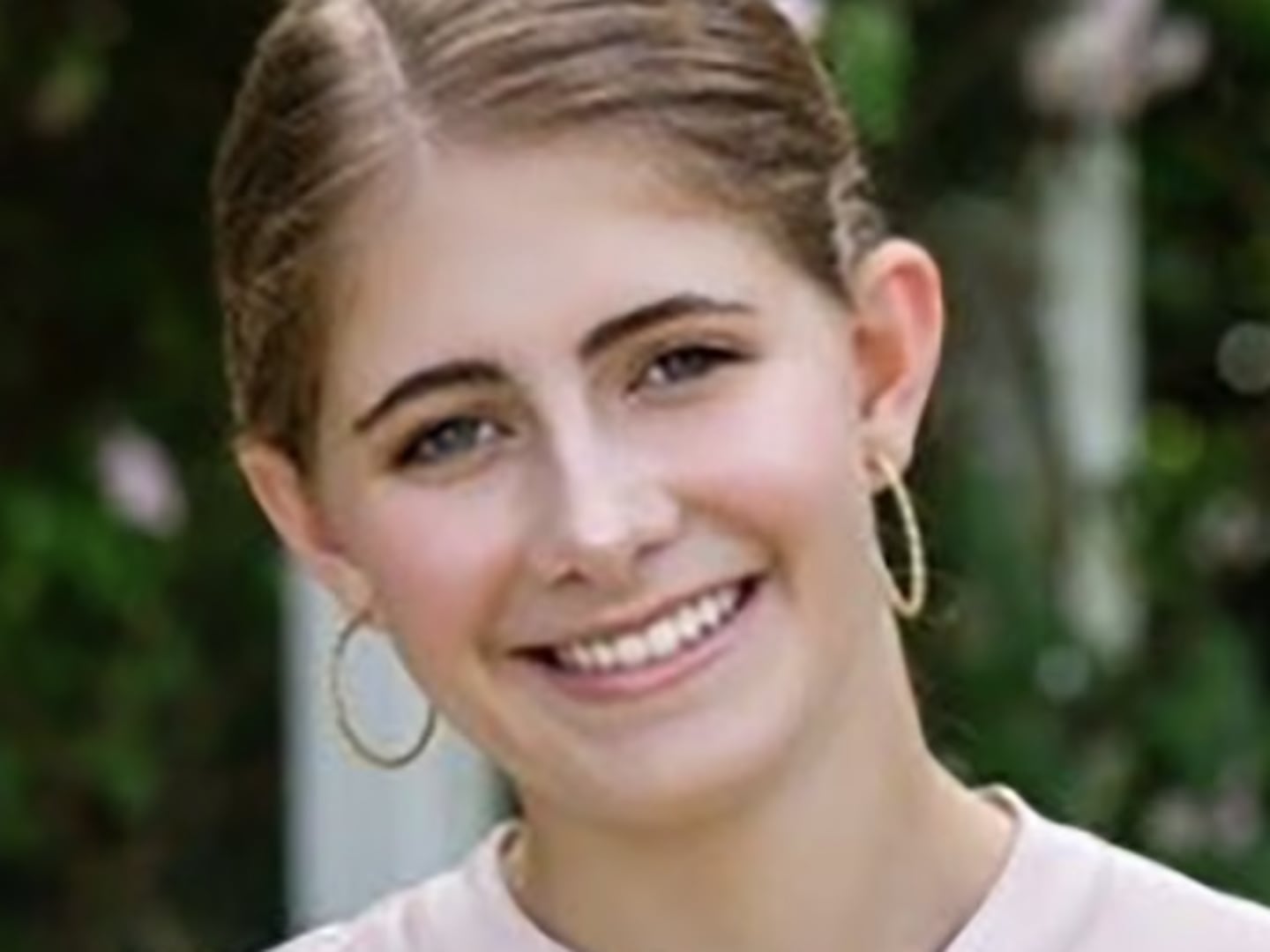Jean-Marc Vallée is on a serious winning streak. His 2013 feature Dallas Buyers Club won Oscars for both Matthew McConaughey and Jared Leto, and after following up that acclaimed hit with the well-received Wild (with Reese Witherspoon) and Demolition (with Jake Gyllenhaal and Naomi Watts), he made a small-screen splash with last year’s Big Little Lies, the HBO miniseries starring Witherspoon, Nicole Kidman and Shailene Woodley that cleaned up at both the Golden Globes and the Emmys (including a Best Directing win for himself). Given that television triumph, it’s no surprise Vallée is again making his way to living rooms on Sunday nights. Yet that return TV engagement won’t be with Big Little Lies’ second season but, instead, with Sharp Objects.
An adaptation of Gone Girl author Gillian Flynn’s 2006 debut novel, the 55-year-old Montreal-born filmmaker’s new series, created by Marti Noxon, again revolves around a magnetic actress—in this case Amy Adams, whose St. Louis reporter Camille Preaker is sent by her editor to cover a murder and disappearance in her rural hometown of Wind Gap, Missouri. There, she’s forced to confront her imperious mother (Patricia Clarkson) and her rebellious half-sister (newcomer Eliza Scanlen) while also contending with an alcohol-inclined family friend (Elizabeth Perkins), an out-of-town detective (Chris Messina) for whom she has eyes, and her own notorious local reputation and self-destructive habit of cutting herself.
It’s a stew of dark secrets brought to vivid life by Vallée, who, bolstered by his peerless leading lady and superb supporting cast, employs a daring editorial structure (full of interior-thought cutaways) for his murder mystery-cum-character study. Seemingly destined to be a water-cooler hit, Sharp Objects again confirms Vallée’s gift for complex women-centric dramas.
We spoke with Vallée about his transition to television, the greatness of Adams and pushing his daring style to even greater extremes with his latest.
Sharp Objects is your second straight HBO series, after decades in film. Did you ever envision making a transition to TV?
It’s unexpected, totally. It’s also how the industry is changing, and the game is changing. The line between cinema and TV is thinner and thinner. HBO allows me to do things like we are doing, which is we shoot, we prep, we stop shooting, we start cutting, we look at everything, we look at the whole thing—8 episodes, or 7—and we adjust, we finesse, and then we go. This is a different ballgame. It’s a cinema game for HBO television.
After Big Little Lies, I’m sure you had plenty of film and TV offers—including the follow-up season of Big Little Lies. Why did you opt for Sharp Objects instead?
I didn’t! That is not how it happened. I found Sharp Objects before Big Little Lies. The intention was to direct all the Sharp Objects episodes with Amy during my first series with HBO—and she was doing her first series too—and then suddenly, Reese and Nicole Kidman came to me with Big Little Lies, saying you have to do this. I said no, I can’t, I’m doing Sharp Objects at this time. But then the Sharp Objects scripts weren’t ready, so I told Reese and Nicole I might be able to direct one or two Big Little Lies episodes, and then I’ll have to go and do Sharp Objects.
What happened, happened. I directed all of Big Little Lies, and while I was posting Big Little Lies, I was prepping Sharp Objects. So it was not a matter of choice; it was a matter of circumstance. I wish it had happened differently, because I was exhausted. I wish we could have pushed Sharp Objects a few months later, but it was impossible because of scheduling. I found myself overlapping these two projects, and I just said alright, let’s do it, and let’s try to be strong and healthy on this one, as much as I could, because I lost myself a little bit shooting Big Little Lies. It was a marathon, shooting these two series back-to-back in twenty months, 183 days of shooting.
Is long-form storytelling something you’ve discovered appeals to you in a way that films don’t?
I discovered that, by doing the long format, there was some sort of a hook—a cliffhanger—to do at the end of an episode to grab the audience and give them the feeling of “stay put and come back for the next one next week, because it’ll be just as interesting.” Obviously, I’d never done that in the feature-film format. That’s the only difference, I would say. Other than that, it’s just spending longer with the TV series, because there’s more time to develop the characters and to tell the stories. It’s tougher to do physically, but the beauty of it is that you can explore characters in a deeper way.
Between The Young Victoria, Café de Flore, Wild, Big Little Lies and now Sharp Objects, your directing career has been dominated by stories about women. Is that a conscious decision?
Not guilty, your honor! It’s not conscious. I love what I do, I love these stories, I love these actresses and female characters—strong, powerful women, whether they’re not perfect or perfect, whether they’re good or bad. It’s all a matter of circumstances; it’s not a choice. I react to stories, and these past ones touched me deeply, and I’m happy to be a part of the team that offers them to the world. One is coming from Liane Moriarty (author of Big Little Lies), the other is coming from Gillian Flynn—two strong novelists. Their novels were adapted by strong screenwriters, and here I am, the lucky guy who has to work with this material with amazing actresses. I just feel like a privileged director.
What was it that first attracted you to Sharp Objects?
From the beginning, working with Amy was my motivation. And the other was the quality of the novel. The two major qualities of the novel were, first, Camille Preaker’s obsession with words. The way she uses words, feels the words, and harms herself with them. And then, the way she takes on the world, the way she sees the world, the way she talks about the world, and describes herself, and talks about her sexuality, her cutting, her family and mother and friends. She’s so damaged. This is so rare. Gillian managed to create this character that is so uniquely singular, and then Amy came to me with this invitation, I just couldn’t refuse. She was like, “Do you want to do this?” Are you kidding me? I’m in. Where do I sign?
Like Big Little Lies, Sharp Objects is a murder mystery, a character study, and a portrait of a very specific American milieu—namely, the (fictional) town of Wind Gap, Missouri. How did you approach creating an authentic sense of that place, which is so vital to the story?
I got it from the book, first. And then John Paino, my production designer. I’ve been working with him since Dallas Buyers Club. He’s from Brooklyn, and he’s such an amazing artist, and so devoted to his art. Production design, art direction—he’s got an amazing team. He was my main source, because he introduced me to all these great references—great books of the South, of Americana—and then he started to do some scouting, and showed me all these small towns from Georgia. Because the idea was to go to Georgia to create Wind Gap, Missouri, because Wind Gap is not a real small town, it’s fiction; Gillian invented it. Although she saw the name as she was driving in Pennsylvania, and said to herself, “Oh that’s a cool name, I’m going to use it.”
I started to travel with John Paino, and then with Greg Alpert, our location manager, and we were visiting small American towns with a square in the middle of the town and the city right around the square, like Back to the Future. These were the kinds of towns we were aiming for. Then we drove through Barnesville, Georgia, and we saw that red train car, and that train station that became a museum, and that main street—it wasn’t the kind of thing we were aiming for, but then we said, “Wait a minute, let’s go back and look at this town,” and it became Wind Gap. We saw this vintage old mural on the wall where this guy was holding a tire, and that gave us the idea of having different vintage old murals on the walls of Wind Gap, to have this impression of nostalgia—that this town didn’t age or change through the years.
What was it about Amy that made you want to collaborate with her on this project? Her performance here feels closely guarded and yet, at the same time, completely raw and unguarded.
Yes, well said—that’s exactly it. Guarded and unguarded. She’s so gifted and so talented, it’s insane. She has such an understanding of the medium. There’s this face, these eyes, and that hair, and she’s so intelligent. And yet Nick, there’s a mystery. You want to know more when you put the camera on her face. There’s a quality to her eyes, to her face, to her looks—and she hasn’t even done any acting yet.
Then she starts to act, and she’s so instinctive and natural, you wonder why. When you start working with her, you realize it’s because she’s so well-studied. She’s done her homework like no one else. Every morning she discussed and asked questions about every line, and I’d talk to her about what we were going to do for the day, and we would go back to the book. She just wants to understand, and to explain. She’s so cerebral. I personally don’t need that type of rational explaining of everything, and I do my own homework in my own way. But as an actress, she needed to do that—not only beforehand while she was prepping and searching, but on a daily basis. I was just listening to her explanations and her process, and I knew it was to understand and, at the same time, to feel comforting that she had someone else understanding what she was going through. And I did. You know, sometimes I wasn’t sure I did! [laughs] Because it’s just intellectual talking. But at the same time, I did, and I was in awe of her sense of professionalism.
Then we’d say action, and it became something else. There’s no thinking, there’s no cerebral invention—it’s just about being there in the moment, and acting and reacting to what’s going on around you, and the camera. Particularly when she’s alone—and she’s often alone, in the scenes when she drinks, thinks, drinks again, thinks again. She has a talent for being in the moment, of just portraying this character with intelligence, sensitivity, vulnerability and humanity. There’s such a beautiful humanity to this character that she brought to the series.
Was there a particular moment in Amy’s performance that stood out to you?
What touches me deeply is when she’s almost breaking down for the first time in episode five, and she tells [her editor] Curry (Miguel Sandoval) on the phone as Calhoun Day is going on outside that every time she’s home, she loses her voice. She feels like a bad person. I mean, come on—this girl? All she wants is to be a good person. She knows that she’s fucking up her life, making all these bad decisions, doing what she does to her body, and yet she wants to be a good person. It’s so touching, and heartbreaking. And to see the history of abuse in this family is also heartbreaking.
The way Amy interacts with every other actor too, and the way she understands where the camera is, what the lens is, where she has to look, and when strands of her hair are in front of the camera, and the way she moves them back—everything is done in a very organic way, and there’s an understanding of what’s going on. It’s pretty amazing to witness. So yeah, I’m the lucky guy, as I said.
The show’s editorial structure—in which you cut away to stream-of-consciousness imagery to convey characters’ thoughts—is an equally striking element of Sharp Objects. How long did it take you to craft that design?
That came from all the different films I’ve been doing for years and years, and from trying to explore and figure out and understand the language of cinema. It’s not easy, and I’m still trying to figure it out, you know? I’m not sure I get it, or got it. I do feel confident about what I’m doing right now, with this type of editing and storytelling. I started to work like this on C.R.A.Z.Y., and then pushed it further on Café de Flore, and then even more on Dallas Buyers Club and Wild and Demolition and Big Little Lies, and this is the most I’ve ever explored this kind of language, on Sharp Objects.
It became part of the whole series, where it almost replaces the amazing internal monologue that is in the book. When you read the book, quality number one, in my humble opinion, is the internal monologue of Camille Preaker. The way she talks about herself, her wounds, her cutting and sexuality and her mom—it’s pretty unique, and it’s so honest, it’s amazing. We didn’t have this, so this device, this language, almost replaced that quality from the book, in order to give the audience the impression that we were inside her head; that we’re telling the story from her perspective. So I used it as much as I could.
There were six of us working on every single episode. Editor number one worked from scene one to ten, and the next one worked from scene eleven to twenty, and so on. And then, at the end of the day, they’d send me what they’d done. We’d challenge each other, and after a few weeks, we’d have a cut of an episode. Then at one point, we looked at the whole thing, and realized we could put a little bit more here, a little bit more there, and finesse some stuff, and once we were done, we binge-watched the whole thing, again and again, and addressed our notes here and there. We shared the cut with all the producers and HBO, and they challenged the cast again. And finally, we’re ready to air the thing. It’s the process of a feature film.
Speaking of feature films—in another era, a project like this, with an acclaimed director, best-selling novel, and one of the world’s biggest movie stars, would obviously be a theatrical release. Yet Sharp Objects is instead on HBO. Is television now where stories like this get told?
The industry is changing, and it looks like this type of material is not happening right now in theaters. And it’s sad. I wish we could have the kind of character- and emotion-driven films that we had in the ‘70s and ‘80s. The ‘70s were really special, with all these films in theaters. Today, I don’t know, man—it’s happening on HBO, and I’m glad it’s happening, and I’m glad I’m a part of it. Because I love this project like crazy, just like I loved Big Little Lies.
I wouldn’t be surprised if soon we’ll be binge-watching these series in theaters. Maybe that’s what will happen, with episode eight of Sharp Objects, at the end of August. I like the idea of having a theater in L.A., in New York, and maybe elsewhere, where everybody can binge-watch the series, and at the end, see episode eight in the theater at the same time that everybody discovers it on the air on HBO. There are now some new ways of offering what we’re doing to the audience. We screened our HBO premiere in theaters—at the Cinerama Dome in L.A. It’s great to watch them on big screens, and to have a cinema experience. So is there room to have the cinema experience for an 8-hour binge-watching show? I hope.
